Conservation in the Sound of Barra and East Mingulay
In 2000, Scottish Natural Heritage (SNH) proposed the designation of the Sound of Barra as a marine Special Area of Conservation (mSAC) to protect sandbanks and seals. This was followed, in 2008, by a SNH proposal to designate an mSAC in the waters east of Mingulay (a smaller uninhabited island lying to the south of Barra and Vatersay) to protect an inshore cold water coral reef. In October 2010, the Scottish Government released an Impact Assessment of the Proposed Designation of Two Inshore Special Areas of Conservation in the Sound of Barra and East Mingulay (Halcrow economic impact assessment of mSACs [PDF 9.5Mb]). The stated objective of the study is to provide Scottish Ministers with “a clear understanding of the main activities being undertaken within the proposed sites so as to better understand the possible socio-economic impacts and inform the planning of future management practices should both areas be designated as SAC”. Consultation on the proposed mSACs closed in February 2011 and there is as yet no news as to whether the sites will be designated or not.
The situation has been portrayed in black and white terms to date, with the local community resisting the perceived imposition of the mSACs due to fears that these EU designations will impose limitations on development, planning and change of the designated (and surrounding) areas and could impede existing uses (such as fishing). In the community newspaper Am Paipear in April 2010, the Chairman of the action group Southern Hebrides Against Marine Environmental Designations (SHAMED, formed in 2008) painted a stark picture:“The choice facing our community is clear: today the use and care of our natural resources are under local control and this control is vital to our social and economic wellbeing. Once land or water becomes an EU site, conservation becomes the primary purpose and management decisions are controlled by scientists and powerful environmental interests within the EU, whether based here or not. If more EU sites go ahead, we lose more control.”
I am intrigued by what underlies nature conservation conflicts which often appear polarised on the surface – nature versus humans. Such conflicts fit admirably within our ego-filtered views of the world which, although infinite in their variety, share a common trait of polarity, in that the “other”, that which is threatening to the ego – is always polarised and labelled as bad/undesirable/unacceptable/wrong. What shapes nature conservation conflicts requires us to explore territories which the ego would rather we avoid, because such an exploration leads us into the depths of human nature, to the inner world of the human psyche, in the search for clues to understanding how our subconscious influences our relationships with the outer environment, both human and natural. The realm of the imagination provides an entrance to this inner world, offering a possibility of discerning the entangled and multi-coloured web of threads which lies beneath the surface polarities. Philosopher and novelist Iris Murdoch used the term “imagination” to refer to a capacity to see beyond the empirical to discern deeper truths about the world. This, she argued, is to be contrasted with “strict” or “scientific” thinking, which focuses on the surface reading of things. I believe that harnessing the imagination (the wellspring of human creativity) is key to finding ways forward in conflicts which appear to pit humans against nature and leave both sides stranded and separated by a no-man’s land which seems impossible to bridge. In the words of Irish poet and philosopher John O’Donohue:
“The imagination is committed to the justice of wholeness. It will not choose one side in an inner conflict and repress or banish the other; it will endeavour to initiate a profound conversation between them in order that something original can be born.”
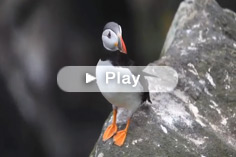


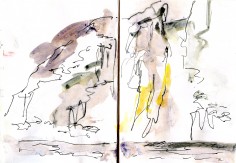
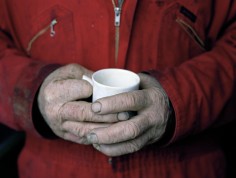
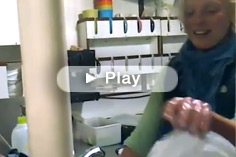


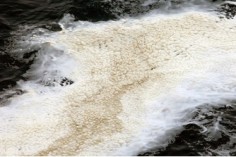
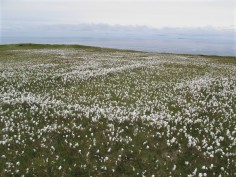

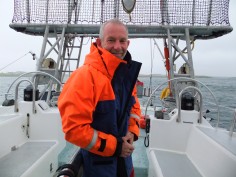








Did you look at the coral reefs on the way past?
Messsage for the skipper-Tanera Mhor, where Frank Fraser Darling formulated his conservation ideas, is not far off the beaten track sailing south after Sula Sgeir; fancy a visit?